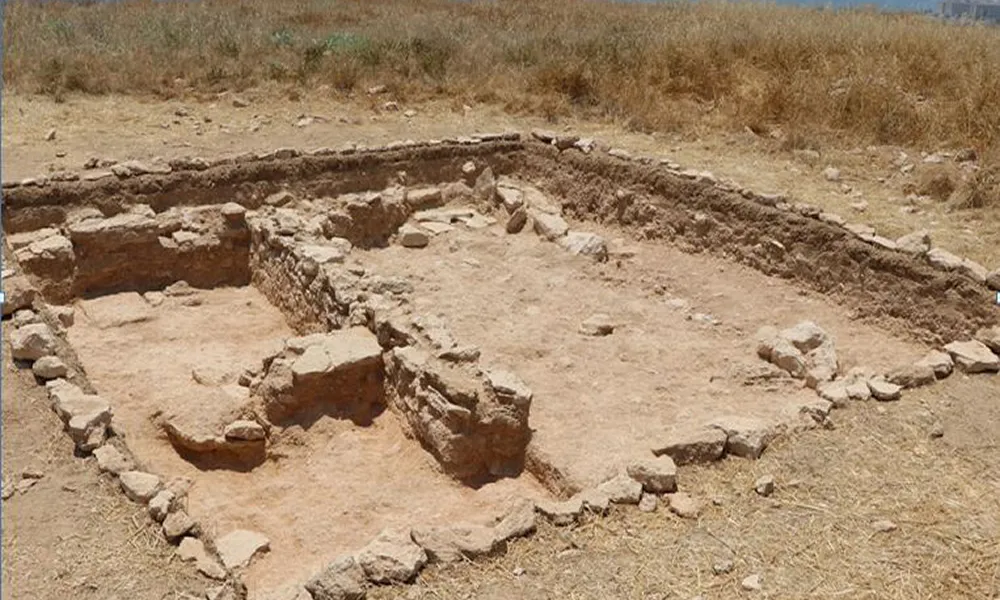Excavations at Pyla-Vigla, part of the Pyla-Koutsopetria Archaeological Project (PKAP), have shed light on daily life in an early Hellenistic military community in Cyprus. The site is situated on a steep plateau overlooking Larnaca Bay.
The Department of Antiquities, Deputy Ministry of Culture, announced on Thursday the completion of the 2025 excavation season, which took place in June and July under the direction of Dr. Brandon R. Olson (Metropolitan State University of Denver), Dr. Melanie Godsey (Trinity University), and Dr. Tom Landvatter (Reed College).
Excavations at Pyla-Vigla over recent years have revealed an early Hellenistic fortified settlement. The military character of the site is evidenced by an extensive fortification system, projectile points, lead sling bullets, and traces of weapons production.
Architectural, ceramic, and numismatic evidence indicates that the site was occupied in the late fourth and early third centuries B.C.
The 2025 fieldwork focused on the domestic areas at the center of the plateau, where rooms from at least four buildings have been uncovered. According to the Department of Antiquities, cooking, fine and coarse ceramics, and metal implements suggest a variety of domestic activities, including cooking, drinking, dining, and personal adornment.
Evidence of storage and industrial activities was also found, while numerous bronze, lead, and iron weapons confirm the presence of a military community. “Daily life in an early Hellenistic military community in Cyprus appears to have involved tasks that combined small household and larger communal modes of dwelling and working,” the announcement notes.
CNA/PIO
